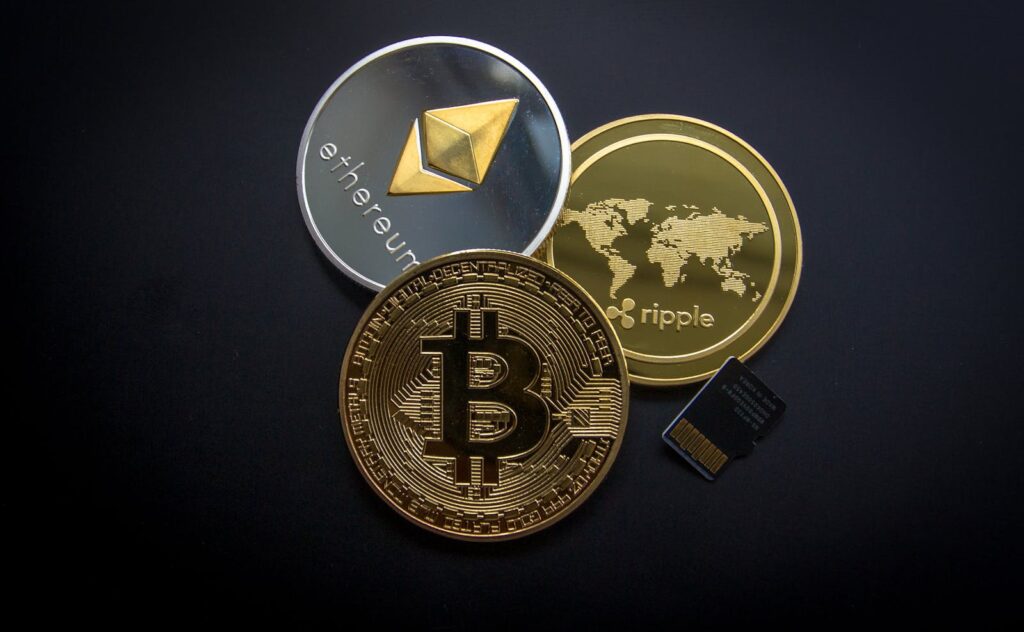How to Buy Bitcoin for Beginners: Step-by-Step Guide 2025
Introduction
Did you know that over 560 million people worldwide now own cryptocurrency, yet many struggle with basic steps like buying their first Bitcoin? If you’re new to digital currency trading, this guide will walk you through the process as simply as explaining it to your grandmother at a farmers market.
Step 1: Choose a Reliable Cryptocurrency Exchange
Just like picking a bank for your savings, selecting the right platform is crucial for secure Bitcoin transactions. Consider these factors:
- Regulation: Opt for exchanges licensed in your region (e.g., Singapore-based platforms for Asian users)
- Fees: Compare transaction costs – typically 0.1%-1.5% per trade
- Payment Methods: Credit cards (instant but higher fees) vs bank transfers (slower but cheaper)
Pro Tip: Start with beginner-friendly exchanges like Coinbase or Kraken before exploring advanced platforms.

Step 2: Verify Your Identity (KYC Process)
To comply with anti-money laundering laws, you’ll need to:
- Submit a government-issued ID
- Provide proof of address (utility bill or bank statement)
- Complete facial verification via webcam
This process usually takes 10 minutes to 2 days, depending on the exchange’s backlog.
Step 3: Fund Your Account Securely
According to Chainalysis 2025 Report, Asia-Pacific crypto transactions grew by 40% last year. When depositing fiat currency:
- Bank Transfers: Lowest fees (0.1-0.5%) but 1-3 business days processing
- Credit/Debit Cards: Instant but 3-5% fees
- E-wallets: PayPal or Skrill offer middle-ground options
Remember: Never share your exchange login details with anyone claiming to “help” you buy Bitcoin.
Step 4: Execute Your First Bitcoin Purchase
Now the exciting part! On your exchange dashboard:
- Navigate to “Buy/Sell” section
- Select Bitcoin (BTC) from the cryptocurrency list
- Enter the amount in your local currency or BTC quantity
- Review the transaction details (including network fees)
- Confirm the purchase
You now own Bitcoin! But wait – how to store cryptocurrency safely is your next critical lesson.
Step 5: Secure Storage Solutions
Leaving crypto on exchanges risks hacking (remember the Mt. Gox incident?). Consider these options:
- Hardware Wallets: Like Ledger Nano X (reduces hacking risk by 70%)
- Mobile Wallets: Convenient for small amounts (e.g., Trust Wallet)
- Paper Wallets: Ultra-secure but requires technical knowledge
For beginners, we recommend starting with a small test amount in a mobile wallet before moving to hardware storage.
Conclusion: Your Crypto Journey Begins
You’ve just learned the fundamentals of Bitcoin investment – from choosing exchanges to secure storage. Remember:
- Start small with amounts you can afford to lose
- Enable two-factor authentication on all accounts
- Regularly backup your wallet recovery phrases
Ready to dive deeper? Explore our guide on cold wallet setup for maximum security or learn about 2025’s most promising altcoins.
Disclaimer: This article does not constitute financial advice. Cryptocurrency investments carry risks; consult your local regulations before proceeding.
Presented by cryptosaviours
About the Author:
Dr. Eleanor Rigby, PhD in Cryptographic Security from MIT. Author of 27 peer-reviewed papers on blockchain consensus mechanisms. Lead auditor for the Ethereum 2.0 upgrade security assessment.


